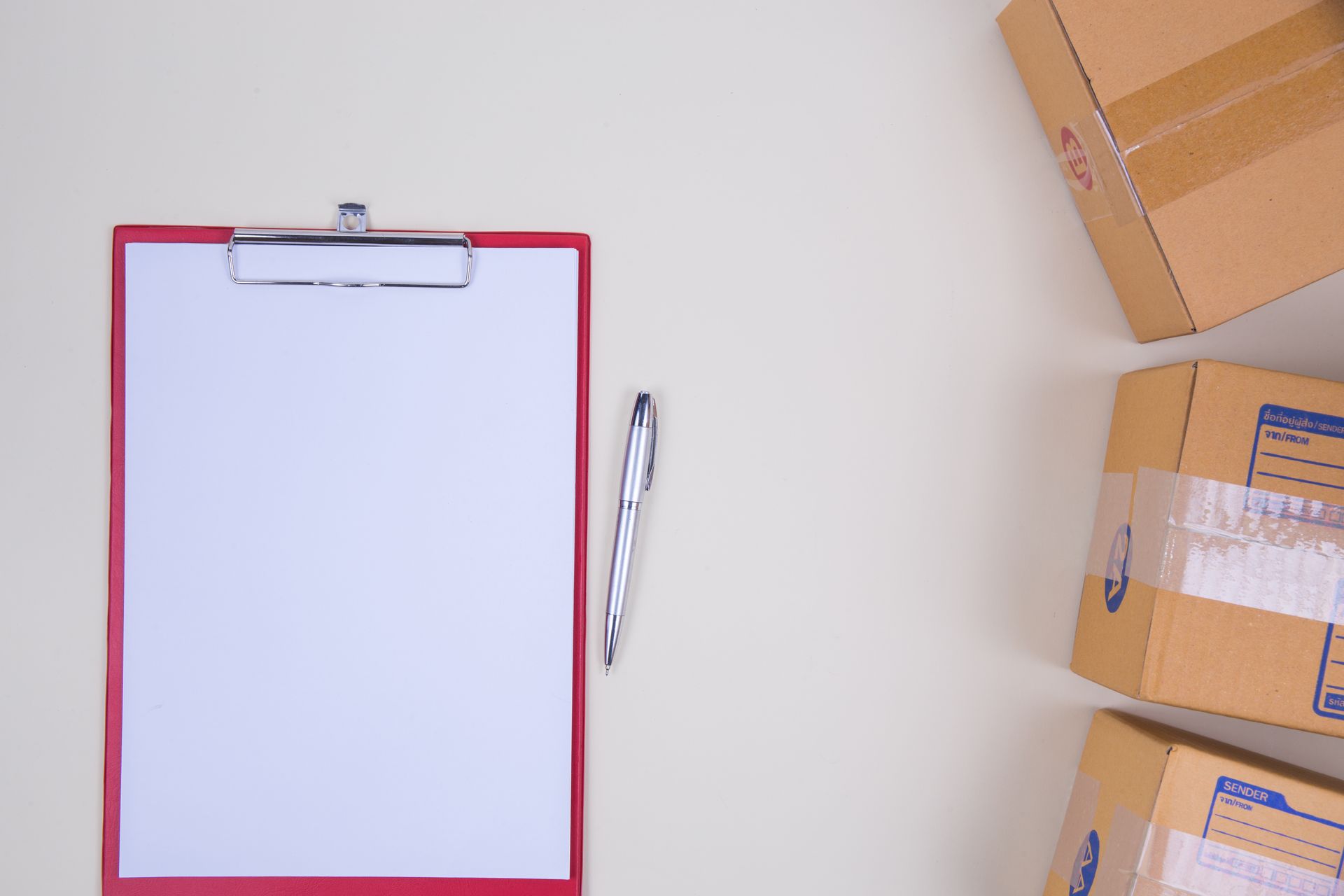
Moving to a new state can be an exciting yet demanding experience. Whether your relocation is prompted by career opportunities, family, or the desire for a fresh start, preparing thoroughly will ensure a smoother transition. This guide outlines essential steps to help you handle the logistics and challenges of your move. As you embark on this journey, enlisting an trusted moving company can make all the difference in streamlining the process and reducing stress.
Plan and Budget for Your Move
Relocating to another state requires detailed planning and budgeting. Begin by estimating the total cost of the move, including transportation, moving services, packing materials, and potential deposits for your new residence. Once you’ve determined a rough budget, it’s time to organize your move.
If you’re hiring movers, compare estimates from several companies and ensure you ask about hidden charges. For those opting for a do-it-yourself move, account for truck rental costs and decide if additional labor will be necessary for loading and unloading.
Update Your Address and Important Information
One of the first tasks to complete is updating your address. Notify the U.S. Postal Service (USPS) about your move to forward your mail to the new address. Additionally, inform banks, credit card companies, utility providers, subscription services, and other relevant accounts to avoid missing critical communications.
For drivers, moving across state lines typically requires updating your driver’s license and vehicle registration. Check the DMV requirements for your new state, as these can vary. In some cases, you may need to pass a new driver’s test or complete an emissions inspection.
Research Your New Area
Adapting to a new state involves becoming acquainted with an unfamiliar environment. Before relocating, invest time in researching your new area. Look into local schools, healthcare facilities, grocery stores, and other essential services. Visiting in advance, if feasible, will give you a firsthand understanding of the neighborhood and nearby amenities like parks, dining options, and shopping centers.
Online resources such as Google Maps and community apps like Nextdoor can also help you explore the area and connect with local resources.
Secure Housing and Utilities
Ensuring that your housing arrangements and utilities are in place before you move is crucial. Renters should confirm move-in dates and other details with their landlord or property management company. For homeowners, finalize the purchase process and schedule any inspections or repairs well ahead of time.
Utilities, including electricity, water, gas, and internet, should be set up before your arrival. Having these services operational on move-in day will ease your transition and provide a sense of normalcy in your new home.
Pack for the Long Haul
Thoughtful packing is key to a successful interstate move. Begin by decluttering and organizing your belongings, discarding items you no longer need. This step reduces the volume of your move and helps you start fresh in your new home.
Use sturdy moving boxes and label them clearly to simplify unpacking. Pack essential items separately, such as toiletries, clothing, and important documents, so they are easily accessible upon arrival. Proper preparation will save you time and effort during the unpacking process.
Other related articles:

